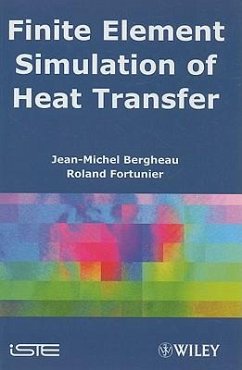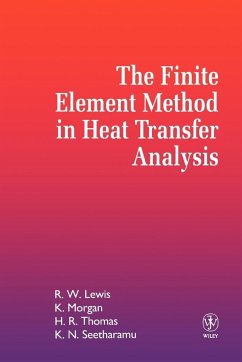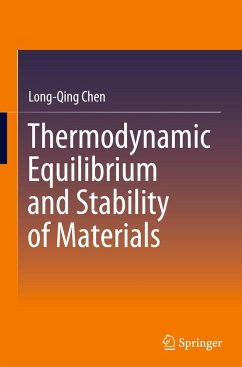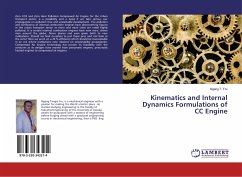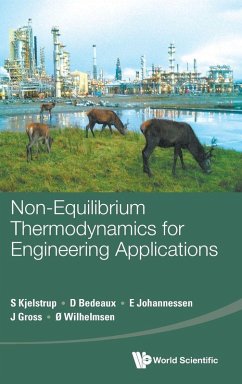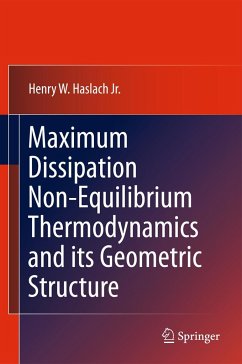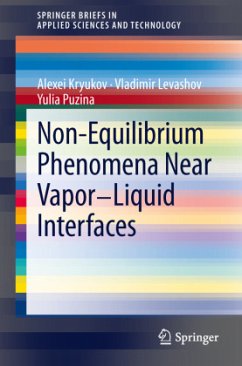Nicht lieferbar
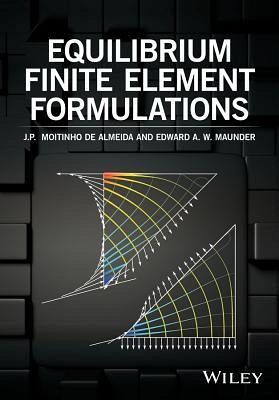
Equilibrium Finite Element Formulations
A comprehensive treatment of the theory and practice of equilibrium finite element analysis in the context of solid and structural mechanics Equilibrium Finite Element Formulations is an up to date exposition on hybrid equilibrium finite elements, which are based on the direct approximation of the stress fields. The focus is on their derivation and on the advantages that strong forms of equilibrium can have, either when used independently or together with the more conventional displacement based elements. These elements solve two important problems of concern to computational structural mechan...
A comprehensive treatment of the theory and practice of equilibrium finite element analysis in the context of solid and structural mechanics Equilibrium Finite Element Formulations is an up to date exposition on hybrid equilibrium finite elements, which are based on the direct approximation of the stress fields. The focus is on their derivation and on the advantages that strong forms of equilibrium can have, either when used independently or together with the more conventional displacement based elements. These elements solve two important problems of concern to computational structural mechanics: a rational basis for error estimation, which leads to bounds on quantities of interest that are vital for verification of the output and provision of outputs immediately useful to the engineer for structural design and assessment. Key features: * Unique in its coverage of equilibrium - an essential reference work for those seeking solutions that are strongly equilibrated. The approach is not widely known, and should be of benefit to structural design and assessment. * Thorough explanations of the formulations for: 2D and 3D continua, thick and thin bending of plates and potential problems; covering mainly linear aspects of behaviour, but also with some excursions into non-linearity. * Highly relevant to the verification of numerical solutions, the basis for obtaining bounds of the errors is explained in detail. * Simple illustrative examples are given, together with their physical interpretations. * The most relevant issues regarding the computational implementation of this approach are presented. When strong equilibrium and finite elements are to be combined, the book is a must-have reference for postgraduate students, researchers in software development or numerical analysis, and industrial practitioners who want to keep up to date with progress in simulation tools.





